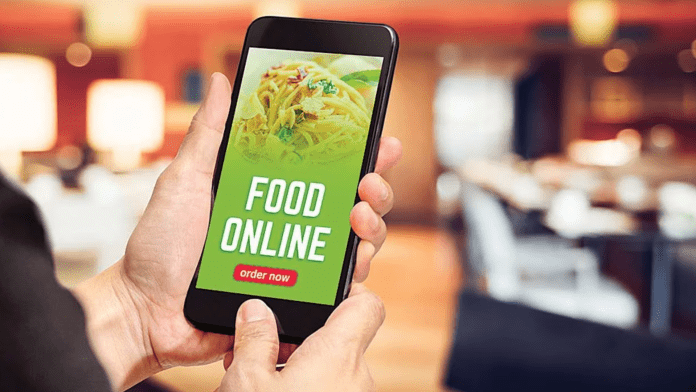Mobile devices have become a portal to gourmet adventure in today’s digital era, where the world is increasingly at our fingertips. Food firms who understand the importance of mobile-first strategies are grabbing the chance to fulfill customers’ appetites while also cultivating long-term connections.
The Mobile-First Imperative
Why is a mobile-first strategy so critical for food brands? Here are some compelling reasons:
- Ubiquity of Smartphones: Mobile devices have become an integral part of our daily lives, and they’re the go-to tool for searching, browsing, and ordering food.
- Instant Gratification: People expect quick and convenient access to food options. Mobile apps and websites provide immediate satisfaction, making them the preferred choice for hungry consumers.
- Personalization: Mobile platforms enable food brands to tailor their offerings and promotions to individual preferences, fostering a sense of personal connection.
- Data Insights: Mobile interactions generate a wealth of data that can be used to refine marketing strategies, understand customer behavior, and make informed decisions.
Creating the Ideal Mobile-First Strategy
- Optimize Your Website for Mobile: Ensure that your website is responsive and mobile-friendly. It should load quickly, provide a seamless browsing experience, and make it easy for users to find and order food.
- Invest in a Mobile App: Consider developing a dedicated mobile app for your food brand. Apps offer a more customized experience, loyalty programs, and direct communication channels with customers.
- User-Friendly Design: Prioritize user-friendly design and intuitive navigation. Customers should be able to place orders, browse menus, and access essential information effortlessly.
- High-Quality Visuals: Showcase your food with high-quality images and videos. Visuals play a pivotal role in enticing customers and increasing appetite appeal.
- Mobile Payments: Implement secure and convenient mobile payment options. Make it easy for customers to pay for their orders through mobile wallets, credit cards, or digital payment platforms.
- Geo-Targeting: Use location-based marketing to target customers in specific areas. Offer promotions, discounts, or delivery options based on their proximity to your physical locations.
- Personalized Recommendations: Leverage customer data to provide personalized recommendations. Suggest menu items based on their previous orders and preferences.
- Loyalty Programs: Create loyalty programs that reward repeat customers. Offer discounts, free items, or exclusive deals to incentivize continued patronage.
- Streamlined Ordering Process: Simplify the ordering process as much as possible. Minimize the number of steps required to complete an order, reducing friction for customers.
- Customer Feedback: Encourage and actively gather customer feedback through your mobile platforms. Use this information to make improvements and show that you value their input.
Success Stories in Mobile-First Food Branding
- Domino’s: Domino’s Pizza’s mobile app is a prime example of mobile-first success. They’ve integrated features like real-time order tracking and voice ordering, making it incredibly convenient for customers.
- Starbucks: Starbucks’ mobile app combines loyalty rewards, mobile payments, and personalized offers to create a seamless and engaging experience for coffee lovers.
- Uber Eats: Uber Eats has revolutionized food delivery with its mobile app. Users can easily browse local restaurants, place orders, and track deliveries in real-time.
A mobile-first strategy is the perfect recipe for food brands looking to satiate the digital appetites of today’s consumers. By optimizing websites for mobile, developing user-friendly apps, embracing high-quality visuals, offering mobile payments, utilizing geo-targeting, providing personalized recommendations, implementing loyalty programs, streamlining the ordering process, and actively seeking customer feedback, food brands can create an ideal mobile-first approach that leaves customers craving for more. In the world of mobile dining, success is served to those who prioritize convenience, personalization, and a satisfying user experience.



